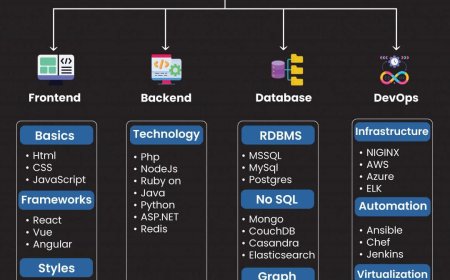Trademark Office Action: Expert Guidance to Resolve USPTO Refusals and Protect Your Brand
Whether the issue is legal, procedural, or technical, understanding how to respond to a Trademark Office Action can make the difference between rejection and approval.

Filing a trademark application is an essential move in building a strong, protected brand. However, many applicants are surprised when they receive aTrademark Office Actiona formal letter from the United States Patent and Trademark Office (USPTO) identifying issues with their application. While it may feel like a setback, a Trademark Office Action is actually a routine part of the registration process and can often be overcome with a timely, strategic response.
Whether the issue is legal, procedural, or technical, understanding how to respond to a Trademark Office Action can make the difference between rejection and approval. With professional guidance, you can address the USPTOs concerns effectively and keep your application on track.
What Is a Trademark Office Action?
A Trademark Office Action is an official communication issued by a USPTO examining attorney. It outlines specific problems that are preventing your trademark from advancing toward registration. These issues can range from minor clerical errors to significant legal concerns.
There are two main types of Office Actions:
-
Non-Final Office Action This is the initial notice that requires you to correct or clarify aspects of your application.
-
Final Office Action Issued if your response to the non-final action is insufficient or if additional issues arise. A final action often requires a legal appeal or a request for reconsideration.
Important: You have six months to respond to an Office Action. Failure to respond will result in the abandonment of your application.
Common Reasons for a Trademark Office Action
Trademark Office Actions occur for various reasons. Understanding the most common causes can help you prepare a more effective response:
-
Likelihood of Confusion
Your mark is considered too similar to an already registered trademark. The USPTO fears consumers may mistakenly believe both marks represent the same source. -
Descriptiveness or Genericness
If your mark describes the product or service directly (e.g., Cold Ice Water for bottled water), it may be deemed merely descriptive or generic and refused. -
Unacceptable Specimen
The specimen submitted as proof of commercial use doesnt meet USPTO standards. For example, mockups or promotional images may not qualify. -
Improper Classification
You may have listed your goods or services under the wrong international class, or your descriptions might be too vague. -
Missing Disclaimers or Translations
If your trademark contains common or foreign-language terms, the USPTO might require a disclaimer or a translation. -
Formal or Technical Errors
Missing signatures, incorrect owner names, or other technical issues can also lead to an Office Action.
Each type of issue must be addressed correctly and thoroughly to keep your application alive.
Why Professional Help Matters
Responding to a Trademark Office Action isnt always straightforward. The legal language used in USPTO communications can be complex, and many applicants are unsure how to respond effectively. One wrong move or an incomplete response could result in a refusal or additional delays.
Thats why getting help from experienced trademark professionals is highly recommended. Heres what our team provides:
? In-Depth Legal Analysis
We carefully analyze the USPTOs objections and explain what they mean in plain language. Our goal is to make the process as clear and manageable as possible.
? Tailored Response Strategy
Every case is unique. We build a customized plan based on the nature of your Office Actionwhether its legal, procedural, or both.
? Drafting Persuasive Legal Arguments
We craft compelling, legally sound responses using case law, trademark precedents, and industry examples to overcome objections.
? Fixing Specimens and Classifications
If your application has issues with classification or specimen evidence, we guide you in submitting acceptable, compliant documents.
? Deadline Management and Communication
We handle the response filing, monitor deadlines, and stay in communication with the USPTO until your application moves forward.
The Results of a Well-Prepared Office Action Response
With the right approach, many applicants are able to overcome Office Actions and move forward with registration. A successful response not only addresses the USPTOs concerns but also strengthens your trademark application by clarifying your brand's identity, scope, and usage.
Our firm has helped countless clientsentrepreneurs, startups, and established businessesrespond to Office Actions and achieve successful registrations. Whether the issue was a confusingly similar mark or an incorrect classification, the key was always a well-researched, timely, and professional response.
Final Thoughts: Turn a Setback into a Step Forward
A Trademark Office Action is not the end of your applicationits a second chance to clarify, correct, and reinforce your brand protection efforts. With legal expertise on your side, what seems like an obstacle can become an opportunity to refine your trademark and increase the likelihood of approval.




































